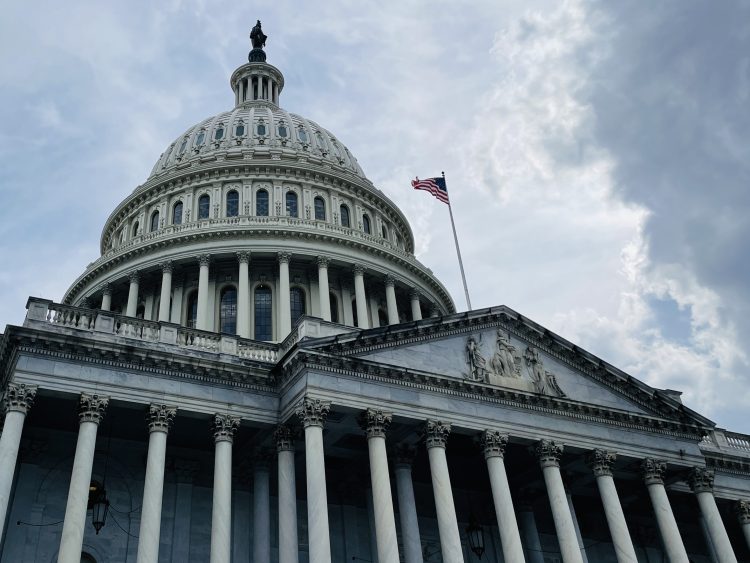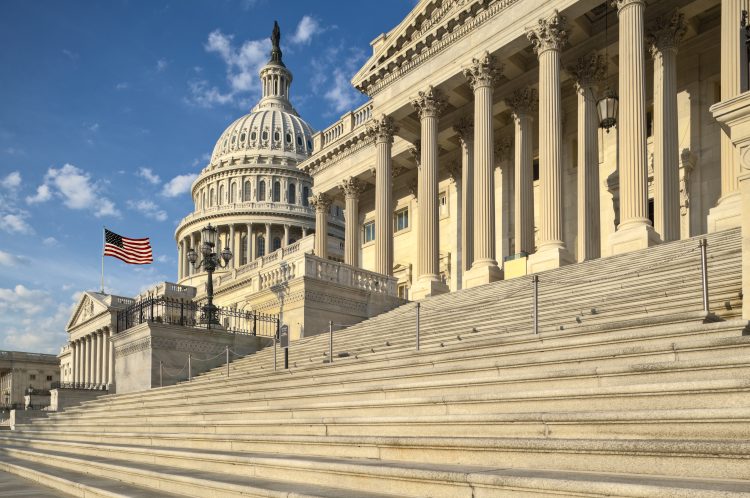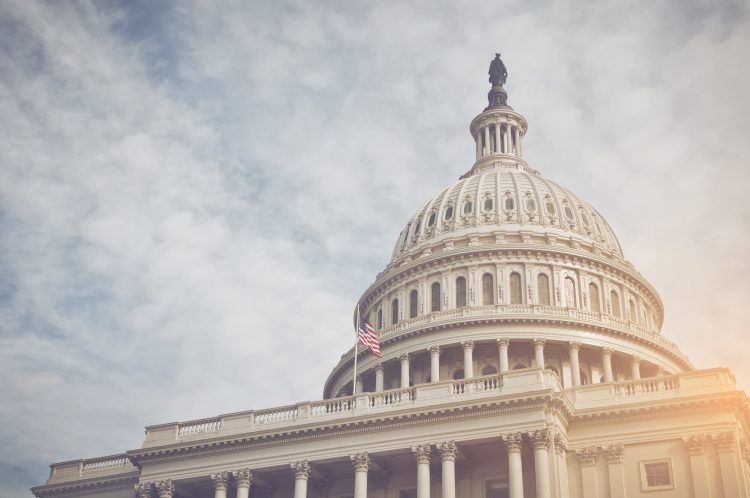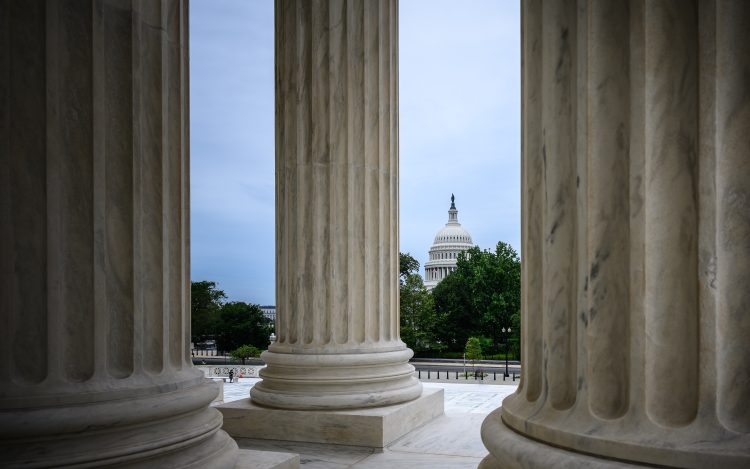This week on Facing the Future, we check in with Bill Hoagland, Senior Vice President of the Bipartisan Policy Center, about the growing national debt and how that debt is getting more expensive to carry as interest rates go up to counter inflation. This past week, the total debt topped $31 trillion for the first time, just a few months after it passed the $30 trillion threshold.
This new milestone for debt also pushes the federal government very close to the current statutory debt limit of $31.4 trillion, meaning that Congress will need to raise the debt limit sometime in 2023.. With the potential of divided government following next month’s midterm elections, raising the debt limit could once again become a very risky game of political chicken. Both Concord policy director Tori Gorman and chief economist Steve Robinson joined me for that conversation.
Later on in the program, Tori and Steve joined me to discuss Steve’s latest issue brief that describes why bipartisan legislation on Social Security sponsored by more than 300 members of the House of Representatives is misguided. The bill would increase Social Security benefits for individuals who receive both Social Security and a pension based on employment that was not already covered under Social Security.
Hoagland says the ballooning national debt and its rapid growth is going to start being felt in a very real way by many Americans soon. He has developed a model looking at interest rates and their long term impact on annual debt service, which is already projected to eat up a larger portion of the federal budget every year. Interest rates on the 10-year Treasury note have now hit nearly 4%, which is higher than they have been in many years.
“If I just take where we are today at 3.9% over the next decade, that will add another $3 trillion to the baseline in terms of the debt that we are accumulating,” said Hoagland. “So we’ve got ourselves in a mess from my perspective by having assumed that we could have all this spending at very low interest rates. I don’t think we’re going to see those low interest rates. In fact, if [Federal Reserve Board Chair] Jay Powell is successful, we’re going to continue to see those interest rates probably going above the 3.9% that we are seeing now. And that rate of increase then is interest payment that has to be made, and if you’re worried about the debt and deficits, that means you need to be focusing on some of those investment programs or national security, where we will be spending more just to pay the interest on the public debt than we are paying on national security.”
Hoagland says the other major concern that people need to be focused on is the global impact of the growing American debt, because foreign investors might start to get skittish about buying American bonds if it starts to look like the U.S. Government is not able to pay the money it owes. All of this points to another looming Congressional showdown over raising the statutory debt limit, which Congress will need to do in the coming year although the precise date is hard to predict at this point.Hoagland would like to see changes in the current debt limit mechanism.
“Personally I’d like to get rid of the debt limit,” said Hoagland. “At the same time, I think that’s politically difficult because there are some who believe it is the leverage that they need to be able to focus more directly on debt going forward. So we’re probably going to be stuck with this debt limit for some time. My thoughts are that Congress – once they pass budget resolutions, they effectively have voted for increasing the debt limit. And I’ve never figured out why we couldn’t automatically say once you pass a budget resolution you basically have adjusted the debt limit. I would prefer that approach.”
Turning to Social Security, Robinson described a bill in the House of Representatives which has the bipartisan support of 300 members that would increase Social Security benefits for those who also receive a pension from employment that is not covered by Social Security. These include many state government employees, teachers, firefighters, police officers and other politically popular groups. Because of their other pensions, their Social Security has traditionally been capped to level the playing field with other beneficiaries. This bill would remove that cap, and Concord chief economist Steve Robinson says that’s a bad idea.
“Unfortunately, rather than addressing the obvious flaws in current law, this legislation would provide these individuals with more generous benefits than everyone else who receives Social Security. It would also cost $183 billion over the next 10 years and advance trust fund insolvency by six months,” wrote Robinson in a recent issue brief, which he discussed in the final segment of this week’s program.
Hear more on Facing the Future. I host the program each week on WKXL in Concord N.H., and it is also available via podcast. Join my guests and me as we discuss issues relating to national fiscal policy with budget experts, industry leaders, and elected officials. Past broadcasts are available here. You can subscribe to the podcast on Spotify, Pandora, iTunes, Google Podcasts, Stitcher, or with an RSS feed. Follow Facing the Future on Facebook, and watch videos from past episodes on The Concord Coalition YouTube channel.
Continue Reading











